Baltimore
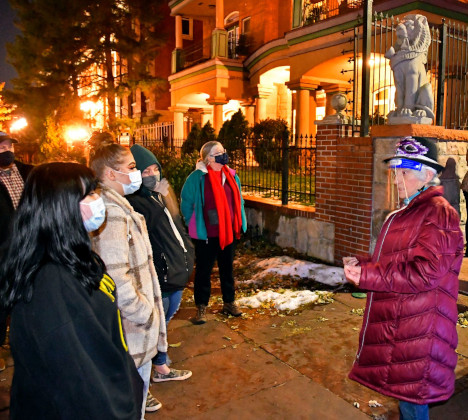
 Baltimore, MD
Baltimore, MD
Baltimore Ghost Tour
From $25 / person
8PM
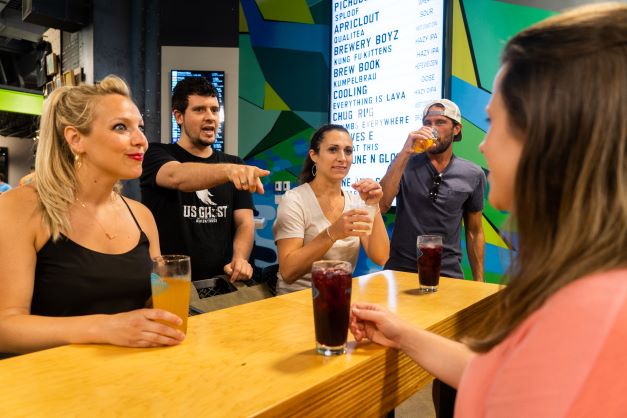
 Baltimore, MD
Baltimore, MD
Baltimore Boos and Booze Haunted Pub Crawl
From $29 / person
6PM

 Baltimore, MD
Baltimore, MD
Baltimore Ghost Tour
From $25 / person
8PM

 Baltimore, MD
Baltimore, MD
Baltimore Boos and Booze Haunted Pub Crawl
From $29 / person
6PM
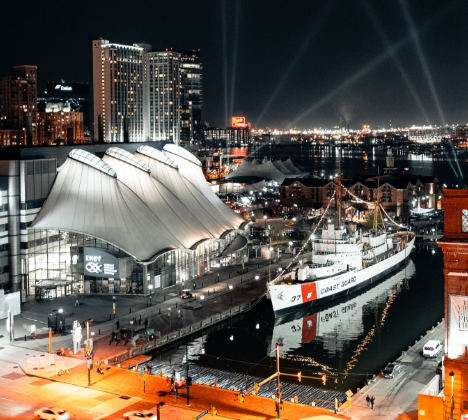
Baltimore by Junket
Did you know Baltimore is the birthplace of the six-pack? Or that it has more public statues and monuments per capita than any other city in the country? Or that its official sport is jousting?
Uncover the untold stories of Baltimore, its captivating history, and the colorful experiences that make Charm City one of the most iconic places in America. Encounter a combination of cultures with a sampling of local legends, authentic flavors, signature cocktails, and unique heritage that define the legacy of Baltimore.
What Lies Beneath the Charm of Charm City
We welcome you to join our Junket Baltimore Experience to learn more about the historic locations and hidden gems that make Baltimore an exciting travel destination.
Junket's professional guides will reveal the true Baltimore in a fascinating, interactive experience. You will gain a new perspective on a popular destination through samples of delicious local cuisine, memorable presentations of local art and culture, and captivating tales full of the mysteries of Baltimore. Immerse yourself in Baltimore's blend of past and present, and take your pick from these highly-rated tours:
Join us to explore Baltimore and experience the Maryland coast like never before.
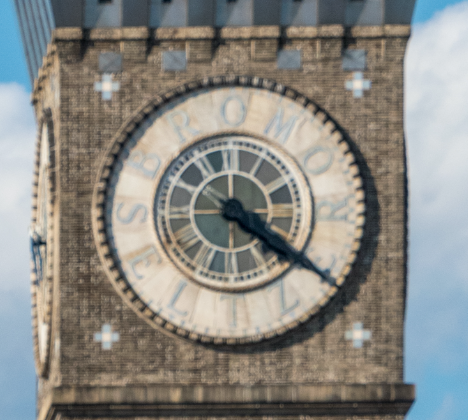
Baltimore History
A City of Contradictions
Known for its picturesque harbors, illustrious architecture, and superior crab cakes, Baltimore is the largest independent ctiy in the country and the most populated city in Maryland. Once one of the most prominent port cities in America, Baltimore is a city of contradictions- defiantly clinging to its blue-collar nautical past while at the same time reinventing its historic neighborhoods into trendy hotspots featuring the latest in farm-to-table restaurants, boutique hotels, and edgy modern art.
Town of the Big House
Situated in the rolling hills of northern Maryland where the shallow and rocky Patapsco River empties into the Chesapeake Bay, Baltimore was established on a fall line between the Piedmont Plateau and the Atlantic coastal plain, which divides Baltimore into the "upper city" and "lower city".
Some 12,000 years before European settlers reached the Chesapeake Bay area, the Piscataway and Susquehannock tribes hunted and fished in the region. English explorer John Smith traveled from Jamestown to the Chesapeake Bay in 1608, paving the way for the first European expedition. In 1632, Cecil Calvert, second Lord Baltimore of the Irish House of Lords and founding proprietor of the Province of Maryland, was given the charter to establish a new colony by Charles II. Calvert sent his son George to the New World in 1637 with a grant for this property from the king that covered some 40 miles along Maryland's coastline and 20 miles inland, with the condition that he install Christians on the land within three years.
The word Baltimore is derived from the Irish phrase Baile an Ti Mhoir, which means "town of the big house."
The first settlers began arriving in 1639, drawn by reports of rich farmland and cheap land prices (generally only one-eighth of what it cost in Virginia). The proprietary government granted by Charles II provided religious tolerance to all settlers; most were Protestants, but there were also Catholics and Jews among them. The Piscataway tribal chieftain granted the colonists permission to settle, and diplomatic relations between the groups were established.
Baltimore quickly developed as a port for shipping tobacco and grain, and soon local waterways were being utilized for milling flour. By the time the American Revolution began, Baltimore was a bustling seaport and center for shipbuilding. Baltimore Clippers were deployed to sea, extending trade to the Caribbean. The city played an important role in the American Revolutionary era, serving as a major center of freedom and unrest against British rule.
Say Can You See?
Baltimore was the location of the Continental Congress in 1776, as it was feared that the British would attack the national capital of Philadelphia. In 1814, American colonists fought a sea and land battle against British invaders called the Battle of Baltimore, a skirmish that would inspire lawyer and poet Francis Scott Key to pen a poem called "The Star-Spangled Banner." Written from Key's perspective from the deck of a ship in Baltimore Harbor, this poem was later set to music and would be adopted as the United States national anthem.
After the war, Baltimore continued to grow rapidly as new immigrants arrived in droves. The population increased from around 4,000 epople in 1800 to nearly 30,000 by 1820- making it one of the fastest growing cities in America at that time. Baltimore also became known for its cultural diversity- with a large number of German immigrants among other groups settling there after fleeing religiouspersecution in Europe. This created a vibrant, diverse culture throughout the city that has been passed down through generations.
"Baltimore is warm but pleasant... I belong here, where everything is civilized and gay and rotted and polite."
F. Scott Fitzgerald
By the 1820s, Baltimore had become a major manufacturing center for textiles and iron products such as rails, due to its location near the Pennsylvania coal mines that supplied fuel for iron production during the Industrial Revoultion, when railroads began replacing canals as the main transportation artery throughout the eastern United States.
The Baltimore and Ohio Railroad changed the game as the first steam-operated railway in the country to be chartered as a carrier of freight and passengers.
A quicker and easier method of transportation of goods and people, the establishment of the railroad was effective in avoiding economic stagnation and decline, a very real possibility following the devastation of the Civil War, several outbreaks of yellow fever, and a great fire in 1904 that destroyed over 1,500 buildings, forcing Baltimore to rebuild using more modern techniques and resources.
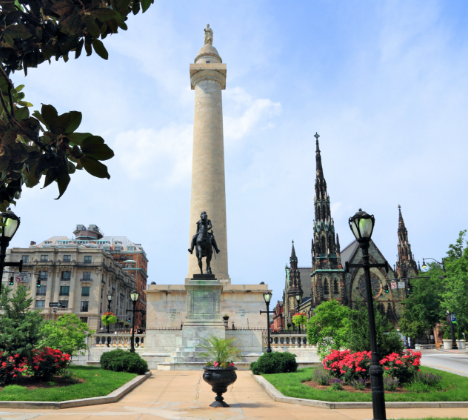
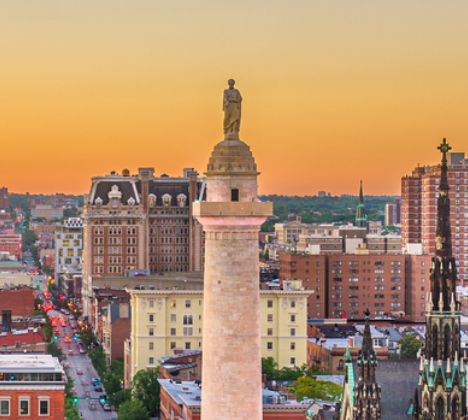

Baltimore Today
Charm City
With several hundred identified districts, Baltimore is known as a "city of neighborhoods." From historic, cobblestone-paved communities like Fells Point, to the waterfront oasis of attractions and sightseeing known as the Inner Harbor, Baltimore offers world-class restaurants, boutique shopping, and impressive local art in addition to its picturesque views, enriching museums, and lively nightlife.
"Baltimore is one of the most beautiful towns, really. And trust me, I don't say that about every place. There is just something so quaint, old and beautiful about this place."
Polly Bergen
Home to the second largest immigration port in America, Baltimore has a particular blend of its adapted sayings, accents, flavors, and culture that imbues the city with a one-of-a-kind character that both embraces its past and defies cliches, preferring to carve out its own unique pocket in the curve of Chesapeake Bay.
The Best of Baltimore
From tantalizing crab cakes to historic marvels, this culture-rich port city offers a plethora of delights and interests bound to excite. Whether you're an art lover, a history buff, or a foodie, you'll find your bliss in Baltimore. Here are a few of our favorite Baltimore attracions:
- B&O Railroad Museum: One of the city's most popular places of interest presents a living history of the men and women who shaped the railroad industry.
- National Aquarium: The largest and most popular attraction in Maryland, this aquarium houses over 200,000 animals in its exhibits.
- Faidley's Seafood: A Baltimore favorite since 1886, this family-owned restaurant and market serves what have been called the best crab cakes in America.
- Edgar Allan Poe House & Museum: Visit the well-preserved 1830 home of the mysterious writer, where he is belived to have composed some of his notable tales.
- Inner Harbor: This historic shipbuilding area of the city is home to several world-class museums, world-class restaurants, boutique shopping, and fun water-based activities.


